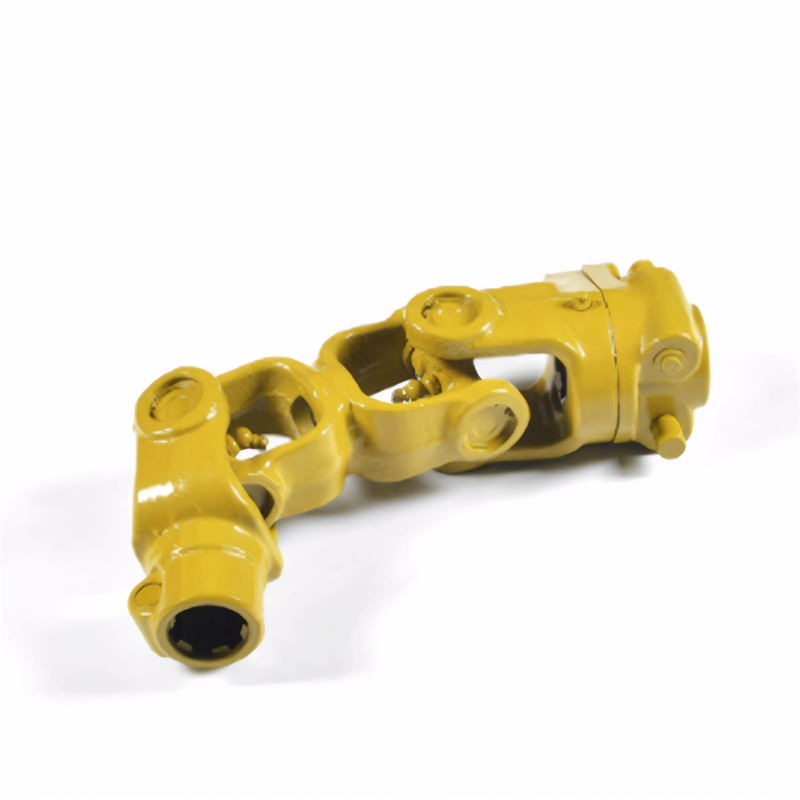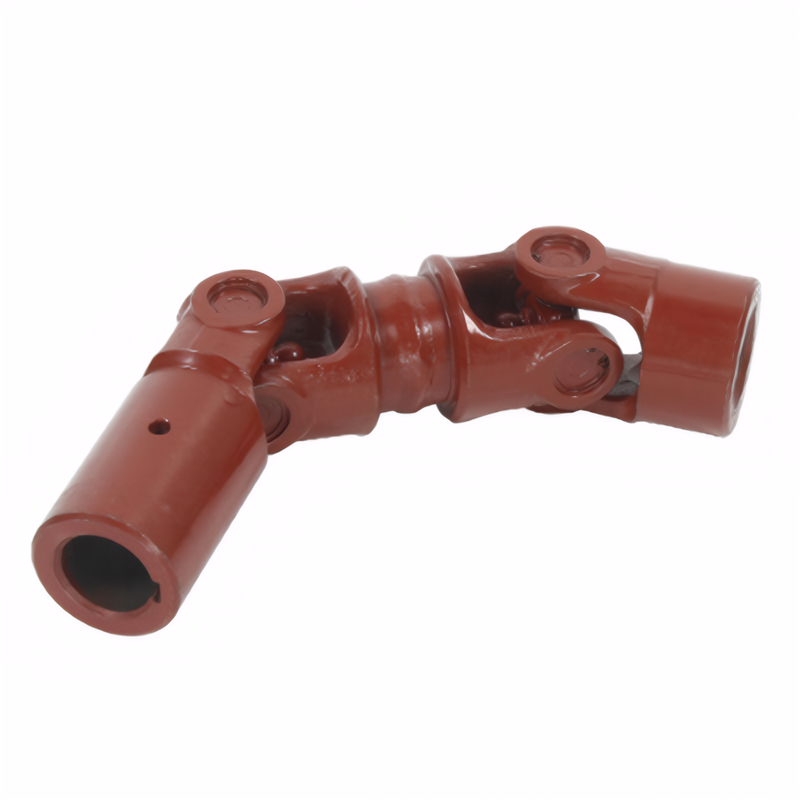Specifications of the connecting bolts for the drive shaft
Technical Specifications for Drive Shaft Connection Bolts
Thread Dimensions and Pitch Requirements
Drive shaft connection bolts commonly utilize metric thread profiles with diameters ranging from M8 to M16, depending on vehicle design specifications. For example, Japanese automotive manufacturers frequently employ M12×1.25 threads (12mm diameter with 1.25mm pitch), while American vehicles may adopt 1/2"-13 UNF threads (12.7mm diameter with 13 threads per inch). The thread pitch must precisely match the mating component to prevent cross-threading during assembly, which could compromise structural integrity under dynamic loads.
Advanced engineering standards specify tolerance classes for thread fit. Class 6g for external threads and 6H for internal threads represent common industrial requirements, ensuring proper engagement without excessive play. In high-precision applications, some manufacturers implement thread rolling processes to enhance fatigue resistance compared to traditional cutting methods, reducing stress concentration points at the thread roots.
Length and Shank Design Considerations
The effective length of drive shaft bolts typically spans 20-50mm, determined by the combined thickness of connecting flanges and required thread engagement. For instance, BMW 3 Series rear drive shafts commonly use 30mm-long bolts as specified in their technical documentation. The unthreaded shank portion must maintain sufficient length to avoid interference with bearing surfaces while providing adequate clearance for lubrication channels in splined connections.
Some designs incorporate reduced-diameter shanks to accommodate specific torque transmission requirements. These stepped bolts feature a larger head diameter for proper load distribution and a smaller shank diameter to match bore sizes in the drive shaft components. This configuration helps balance rotational stiffness with stress distribution across the assembly.
Material Strength and Performance Grades
Drive shaft bolts require high-tensile materials to withstand combined shear, tension, and torsional stresses. Standard performance grades include:
- 8.8 Grade: With 800MPa minimum tensile strength, suitable for most passenger vehicles
- 10.9 Grade: Offering 1000MPa tensile strength, commonly used in commercial trucks and SUVs
- 12.9 Grade: Providing 1200MPa strength for extreme-duty applications like off-road vehicles
The selection depends on calculated stress factors from vehicle weight, engine torque, and intended usage conditions. Higher-grade bolts undergo specialized heat treatment processes including quenching and tempering to achieve optimal hardness-toughness balance. Material composition typically involves alloy steels like 40Cr or 35CrMo, which provide better fatigue resistance than plain carbon steels under cyclic loading conditions.
Assembly Torque and Maintenance Protocols
Proper torque application represents a critical installation parameter. Typical values range from:
- M10 bolts: 45-60 N·m
- M12 bolts: 73-90 N·m
- 1/2" bolts: 130-160 N·m
Over-tightening risks thread stripping or component deformation, while insufficient torque leads to premature loosening under vibration. Manufacturers often specify angle-controlled tightening sequences in addition to torque values to ensure uniform clamping force distribution across multiple bolts. Periodic inspection intervals should include verification of torque retention and examination for signs of metal fatigue or corrosion, particularly in vehicles operating in harsh environments.

 Accuracy requirements for the
Accuracy requirements for the
 Selection of universal joint t
Selection of universal joint t
 Standard for coaxiality error
Standard for coaxiality error
 Requirements for the surface r
Requirements for the surface r
 简体中文
简体中文 English
English
